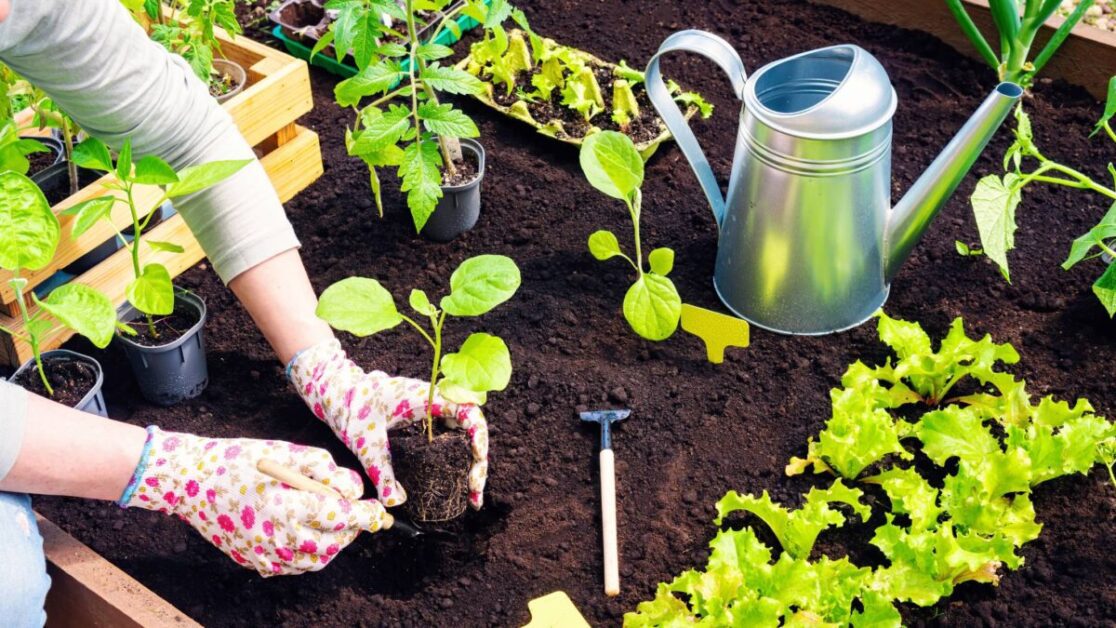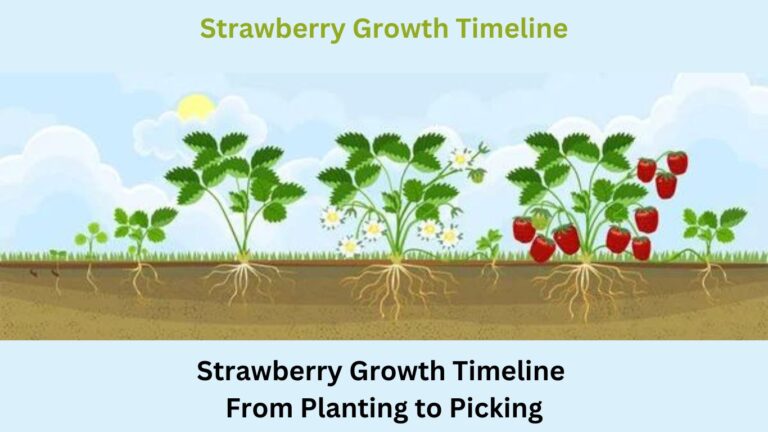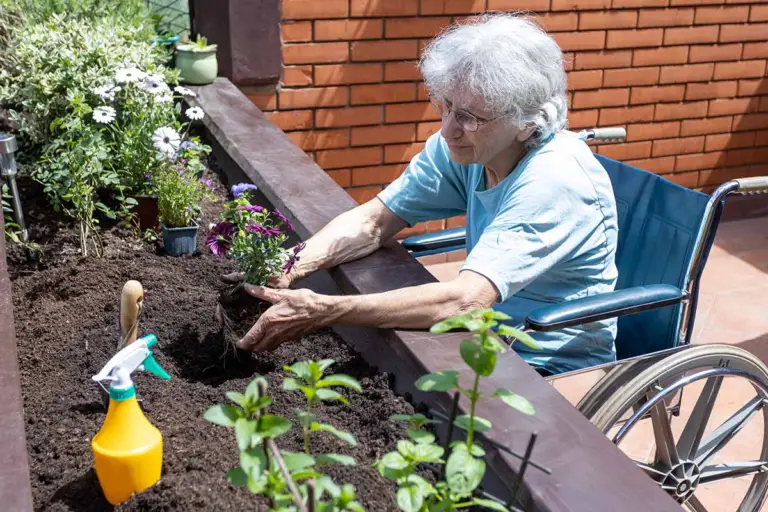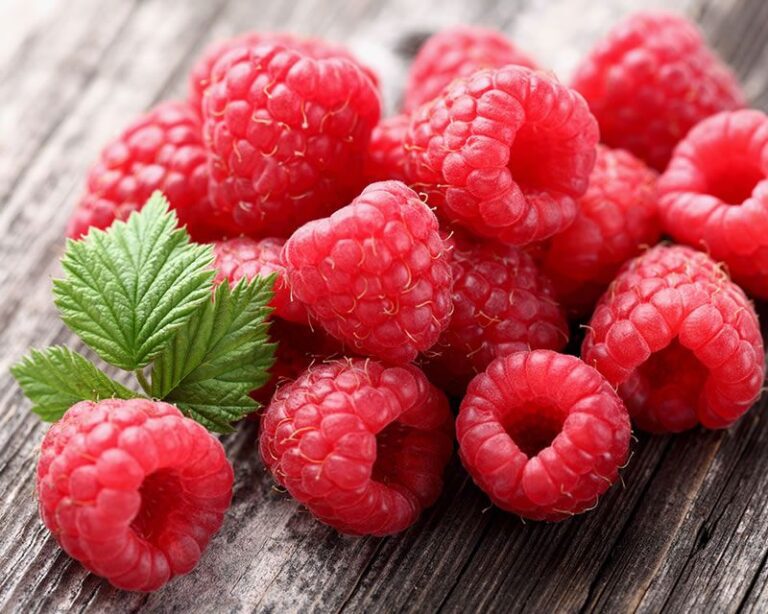Transplanting Seedlings: A Guide to Success
Preparing the Soil for Transplanting Seedlings
One of the most crucial steps in transplanting seedlings is preparing the soil appropriately. The quality of the soil plays a significant role in the success of your seedlings’ growth and development. Before starting, it is essential to assess the composition of your soil to determine if any amendments or improvements are necessary.
Begin by conducting a soil test to measure its pH level and nutrient content. This will provide you with valuable information on what your seedlings may require for optimal growth. Based on the test results, you can add organic matter such as compost or well-rotted manure to enrich the soil and improve its nutrient-holding capacity.
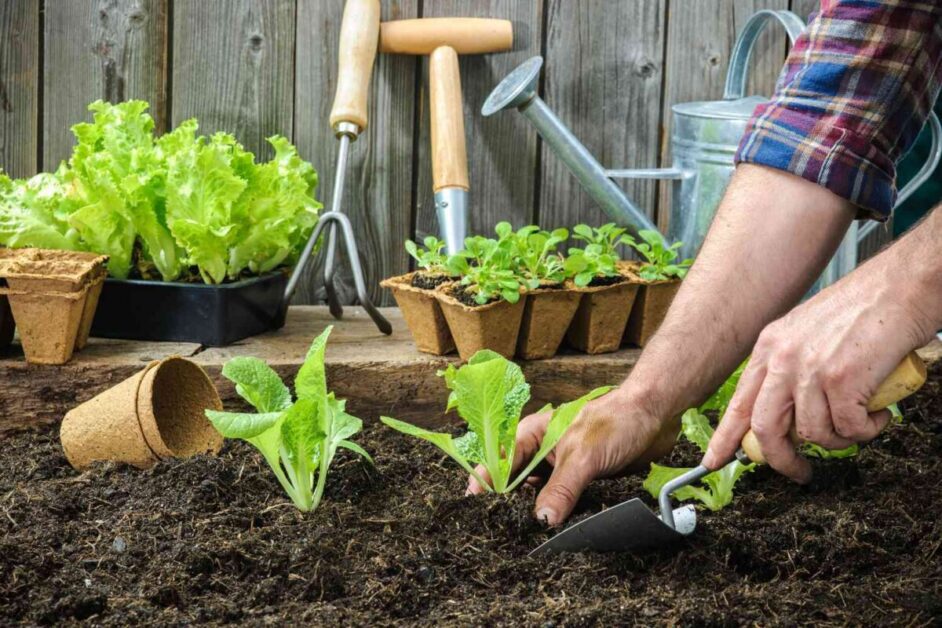
Next, ensure that the soil is well-drained, as excessively wet soil can lead to root rot and hinder seedling growth. If your soil tends to retain water, it may be beneficial to incorporate materials like perlite or vermiculite to enhance drainage. Additionally, removing any weeds or grass from the planting area will help prevent competition for nutrients and sunlight.
Remember, the goal is to create a soil environment that is loose, well-aerated, and nutrient-rich, ensuring your seedlings have the best possible start. By paying careful attention to soil preparation, you set the stage for healthy growth and thriving seedlings.
Choosing the Right Containers for Seedlings
When choosing containers for seedlings, it is important to consider several factors to ensure optimal growth and development. First and foremost, the size of the container is crucial. Selecting a container that is too small can restrict root growth and hinder the overall health of the seedling. On the other hand, choosing a container that is too large can lead to excessive moisture retention and root rot. It is recommended to choose a container that provides enough space for the seedling to grow, with at least a minimum of two inches of soil around the root ball.
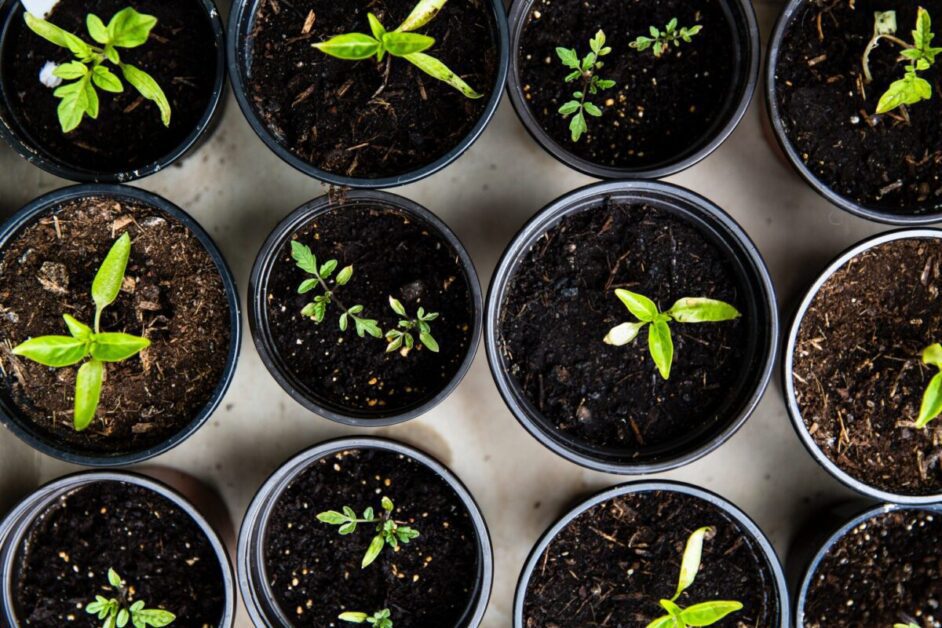
In addition to size, the material of the container is also important. Plastic containers are lightweight, affordable, and provide good insulation for the roots. However, they can retain more heat than other materials, which may lead to overheating in hot climates. Clay or terracotta containers, on the other hand, offer better breathability and allow excess water to evaporate more efficiently. However, they can dry out quickly and require more frequent watering. Ultimately, the choice of container material should depend on the specific needs of the seedling and the environmental conditions in which it will be grown.
Selecting the Ideal Location for Transplanting Seedlings
Transplanting seedlings is a critical step in the growth and development of your garden. To ensure their successful transition, selecting the ideal location is of utmost importance. This will provide the necessary conditions for healthy growth and minimize stress on the seedlings.
When choosing the location for transplanting seedlings, consider the amount of sunlight they require. Most seedlings thrive in full sunlight, so look for an area that receives at least six to eight hours of direct sunlight each day. However, it’s important to note that some plants, such as lettuce or spinach, prefer partial shade. Understanding the sunlight needs of your specific seedlings will help you determine the best location for their growth.
Another crucial factor in selecting the ideal location is the availability of nutrient-rich soil. The soil should be well-draining and have a balanced pH level. Conduct a soil test to assess its fertility and adjust accordingly. Additionally, consider the proximity to water sources, as regular watering is crucial for the seedlings’ health. Lastly, ensure that the location has good air circulation, as stagnant air can lead to the development of diseases and pests.
By strategically selecting the ideal location for transplanting your seedlings, you are setting the stage for their successful growth. Remember to consider their sunlight requirements, the quality of the soil, access to water, and the presence of proper air circulation. These factors will provide a conducive environment for your seedlings to flourish and yield a bountiful harvest.
Providing Adequate Sunlight for Healthy Seedling Growth
Providing adequate sunlight is crucial for the healthy growth of seedlings. Sunlight provides the energy necessary for photosynthesis, the process by which plants convert light into usable energy, allowing them to grow and thrive. When seedlings receive insufficient sunlight, they may become weak, leggy, and prone to disease.

To ensure optimal sunlight exposure, it is important to choose the right location for transplanting seedlings. Select an area that receives at least 6-8 hours of direct sunlight per day. Observe the path of the sun throughout the day to identify the spots with the most sunlight. Consider factors such as nearby trees or buildings that may cast shadows and limit sunlight exposure. It is also essential to monitor the changing seasons, as the angle and intensity of sunlight can vary. By providing a sufficient amount of sunlight, you are setting the stage for healthy seedling growth and ensuring their ability to develop into strong, productive plants.
Understanding the Watering Needs of Transplanted Seedlings
Proper watering is essential for the healthy growth and development of transplanted seedlings. When it comes to understanding the watering needs of these delicate plants, there are a few key factors to consider. Firstly, it is crucial to strike a balance between providing enough moisture for the seedlings without risking overwatering. Overwatering can lead to root rot and other fungal diseases, ultimately stunting the growth of your precious seedlings. On the other hand, underwatering can cause the plants to become dehydrated and wilted, hindering their overall health and vigor.
To determine the optimal watering schedule for your transplanted seedlings, it is important to consider the specific requirements of the plant species you are nurturing. Different plants have varying preferences when it comes to moisture levels in the soil. As a general guideline, it is advisable to water the seedlings thoroughly immediately after transplanting, ensuring the water penetrates deep into the root zone. This provides a solid foundation for the plants to establish themselves in their new environment. Subsequently, monitor the moisture levels in the soil and water when the top inch or so feels dry to the touch. Remember not to rely solely on external cues such as the appearance of the soil or the seedlings themselves, but rather use your finger to assess the moisture levels directly.
Avoiding Overwatering and Underwatering of Seedlings
One of the most critical aspects of successfully transplanting seedlings is avoiding overwatering and underwatering. It is essential to strike the right balance in order to provide optimal growing conditions for your young plants. Overwatering can lead to rotting roots, nutrient leaching, and the growth of harmful fungi, while underwatering can stunt growth and cause wilting. To avoid these issues, it is crucial to understand the watering needs of your seedlings and adjust accordingly.
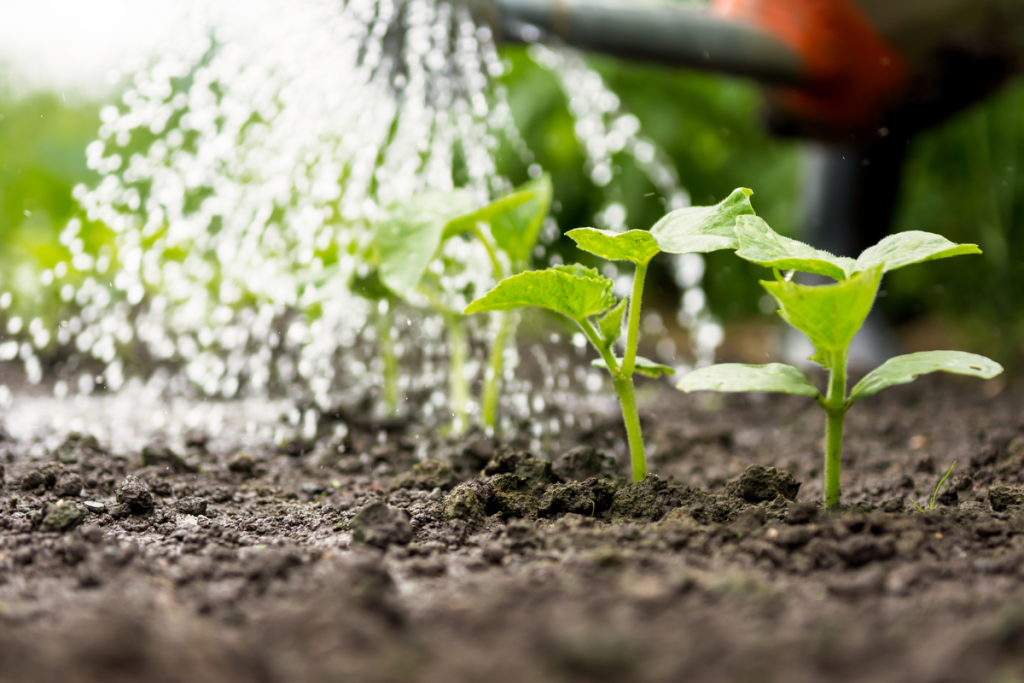
The key to preventing overwatering is ensuring proper drainage in your planting containers or garden beds. Excessive moisture can quickly accumulate in containers without adequate drainage holes, leading to waterlogged soil and suffocated roots. On the other hand, if you are planting directly in the ground, consider the natural drainage characteristics of the area. If the soil is heavy or tends to retain water, it may be beneficial to amend it with organic matter or create raised beds to improve drainage. By allowing excess water to escape and promoting oxygen circulation in the root zone, you can help prevent the detrimental effects of overwatering.
Protecting Seedlings from Frost and Extreme Temperatures
As a gardener, it is essential to protect seedlings from frost and extreme temperatures to ensure their healthy growth and survival. Cold temperatures can damage or kill delicate seedlings, stunting their growth or preventing them from thriving altogether. Therefore, it is crucial to take preventative measures to shield your seedlings from these adverse conditions.
One effective way to protect seedlings from frost is to cover them with lightweight, breathable fabric or a frost blanket. These protective coverings help to trap the heat emitted by the soil, creating a microclimate that shields the seedlings from the freezing temperatures. Remember to secure the fabric or blanket firmly to prevent it from blowing away in strong winds.
In addition to covering, another method to safeguard seedlings from extreme temperatures is to provide insulation by layering mulch around the base of each plant. Mulch helps to regulate temperature fluctuations by insulating the soil and reducing heat loss. Organic materials such as straw, shredded leaves, or compost can be used as effective mulch. Spread a layer of mulch around the seedlings, ensuring that the base of each plant is not buried and that the mulch does not touch the stem directly.
By taking these protective measures, you can shield your seedlings from frost and extreme temperatures, giving them a better chance to thrive and grow into healthy plants. Remember to monitor weather forecasts closely and act promptly to protect your delicate seedlings from potential harm.
Timing the Transplanting of Seedlings for Optimal Results
Timing the transplanting of seedlings is a crucial step for achieving optimal results in your gardening endeavor. The right timing ensures that the seedlings have a favorable environment to thrive in and reduces the risk of transplant shock, which can stunt their growth or even lead to their demise.
The ideal time for transplanting seedlings varies depending on various factors such as the specific plant species, local climate, and seasonal conditions. Generally, it is recommended to wait until after the last frost date in your area before moving your seedlings to the garden. This helps to safeguard them from potentially damaging cold temperatures that can impede their growth. However, it’s important to note that some plants, particularly cold-tolerant varieties, can be transplanted earlier in the season.
To determine the best timing for transplanting, refer to the seed packet or consult reputable gardening resources that provide specific guidelines for each plant variety. Keep in mind that transplanting too early or too late can hinder the seedlings’ ability to establish strong roots and adapt to their new surroundings. By carefully considering the individual needs of your seedlings, you can ensure a smooth and successful transplanting process, setting the stage for healthy and thriving plants in your garden.
The table below shows the timing for transplanting seedling for the optimal growth:
| Timing Aspect | Description |
|---|---|
| Seedling Development | Transplant seedlings with strong roots and at least two true leaves. |
| Last Frost Date | Transplant after the last expected frost, ensuring optimal growing conditions. |
| Soil Temperature | Choose a time when soil temperatures suit specific plant needs, especially for warm-season crops. |
| Hardening Off Period | Gradually expose seedlings to outdoor conditions before transplanting to acclimate them. |
| Transplanting Windows | Select mild weather for transplanting, avoiding extreme heat or cold, to minimize stress on the seedlings. |
Gently Handling Seedlings during Transplantation
When it comes to transplanting seedlings, gentle handling is crucial to ensure their survival and continued growth. Seedlings are delicate and vulnerable, and any rough treatment can result in damage or even death.
To handle seedlings gently during transplantation, it is important to first prepare your work area. Make sure your hands are clean and free from any harmful substances that may be present, such as chemicals or pesticides. This will help prevent contamination and potential damage to the seedlings. Additionally, use tools such as a trowel or a spoon to carefully lift the seedlings from their original containers, making sure to disturb the roots as little as possible.
Remember to handle them by the leaves rather than the fragile stems, as the stems are easily bruised and can lead to stunted growth or disease. By gently supporting the seedlings from underneath while holding onto the leaves, you minimize the risk of causing damage during the transplantation process. Treat each seedling with care and attention, ensuring that they are placed securely and at the appropriate depth in their new containers or garden beds.
By following these gentle handling practices, you increase the chances of successful transplantation and promote healthy growth for your seedlings.
Properly Digging and Preparing the Planting Hole for Seedlings
To ensure the successful transplanting of seedlings, it is crucial to properly dig and prepare the planting hole. This step sets the foundation for the seedlings’ growth and development, allowing them to establish strong root systems in their new environment.
When digging the hole, it is important to consider the size and depth. The hole should be wide enough to comfortably accommodate the root ball of the seedling, with a depth that allows for the placement of the seedling at the same depth as it was in its previous container. This ensures that the roots are not exposed to air or buried too deeply, both of which can hinder their ability to uptake nutrients and water.
In addition to size and depth, the condition of the soil in the planting hole is essential for the seedling’s health. Loose and well-draining soil promotes proper root development and prevents waterlogged conditions that can lead to root rot. It is beneficial to amend the soil with organic matter, such as compost, to improve its structure, fertility, and moisture-retaining capabilities. This amendment provides a nutrient-rich environment that supports the seedling’s initial growth and establishes a favorable foundation for future nutrient uptake.
By taking the time to dig and prepare the planting hole correctly, gardeners can ensure that their transplanted seedlings have the best possible start in their new location. This meticulous attention to detail sets the stage for strong root development, ultimately leading to healthier and more robust plants in the long run. So, grab your shovel and get ready to create the perfect home for your seedlings!
Ensuring Proper Drainage for Transplanted Seedlings
Proper drainage is essential for the healthy growth and development of transplanted seedlings. When preparing the planting site, it is crucial to ensure that excess water can drain away effectively. Without proper drainage, water can accumulate and lead to waterlogging, which can cause root rot and hinder the seedlings’ overall growth.
To ensure proper drainage, start by selecting a well-draining soil mix or amending the existing soil with organic matter to improve its structure. Organic matter, such as compost or well-aged manure, can help create air pockets in the soil and improve water movement. Additionally, incorporating perlite or vermiculite into the soil can further enhance drainage capabilities.
Another key step in ensuring proper drainage is selecting the right planting containers. Containers with drainage holes at the bottom allow excess water to escape, preventing it from pooling around the roots. Avoid using containers without drainage holes, as they can lead to stagnant water and root suffocation. Additionally, consider using raised beds or planting on mounds to raise the planting area and facilitate better water drainage.
Remember that excessive watering can also contribute to poor drainage. Overwatering leads to waterlogged soil, which can be detrimental to the health of your seedlings. Therefore, it is important to water your transplanted seedlings judiciously, allowing the soil to dry out slightly between watering sessions.
By ensuring proper drainage, you provide your transplanted seedlings with a favorable environment for their roots to establish and thrive. With well-drained soil and appropriate watering practices, you can promote healthy growth, prevent root-related issues, and set the stage for successful cultivation in your garden.
Fertilizing Seedlings for Strong and Healthy Growth
To ensure the strong and healthy growth of seedlings, fertilization plays a crucial role. Proper fertilization provides essential nutrients for the plants, promoting vigorous development and increasing their resilience to diseases and pests.
When it comes to fertilizing seedlings, it’s important to start with a well-balanced and nutrient-rich soil mix. This will serve as a solid foundation for the seedlings’ growth. Additionally, incorporating organic matter, such as compost or well-rotted manure, into the soil can further enhance its fertility and improve nutrient retention.
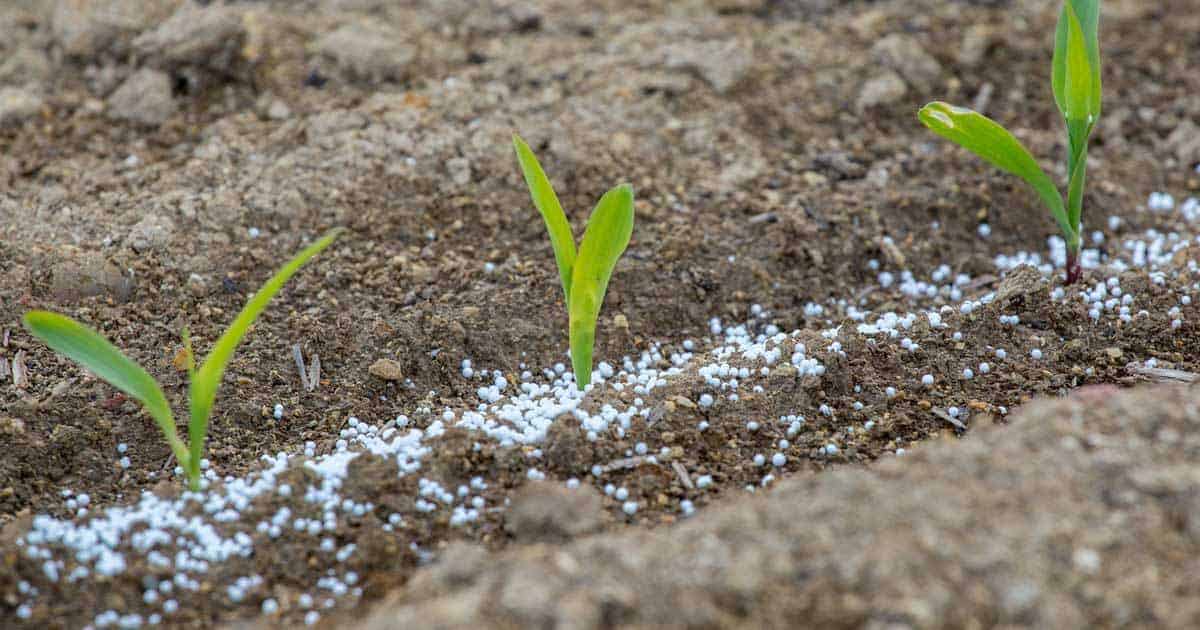
Once the seedlings have been transplanted, it’s recommended to introduce a gentle and gradual fertilization regime. Too much fertilizer at this stage can cause root burn and hinder the seedlings’ development. An appropriate approach is to start with a diluted and balanced liquid fertilizer, applied at half-strength. This provides a gentle boost of nutrients without overwhelming the young plants. As the seedlings establish and grow, gradually increase the frequency and strength of the fertilizer application according to the recommended guidelines for the specific plants or seedlings.
Remember, every plant has its own unique nutrient requirements, so it’s essential to be mindful of the specific needs of the seedlings you are growing. By providing the right nutrients at the right time, you’ll ensure the strong and healthy growth of your seedlings, setting them up for success in their journey to becoming robust plants.
Protecting Seedlings from Pests and Diseases
Protecting seedlings from pests and diseases is crucial for ensuring their healthy growth and development. Pests such as aphids, caterpillars, and snails can quickly damage young plants, while diseases like damping-off and powdery mildew can stunt their growth or even cause death. To safeguard your seedlings, it is important to implement preventive measures and take prompt action when necessary.
One effective way to protect seedlings from pests is by regularly inspecting them for any signs of infestation. Early detection allows for timely intervention, preventing pests from establishing a strong presence. Natural predators such as ladybugs and praying mantises can be introduced to the garden to help control aphid populations. Additionally, you can employ organic pest control methods like neem oil or insecticidal soaps, which target pests while being less harmful to the environment.
When it comes to diseases, maintaining good hygiene practices is essential in preventing their spread. Start by using disease-resistant seed varieties whenever possible. Ensure that your tools and equipment are clean and disinfected before using them on your seedlings. Proper air circulation and adequate spacing between plants can also help prevent the spread of fungal infections. If disease symptoms are observed, promptly remove and destroy the affected plants to prevent further contamination.
Here is a table about the pests and diseases that can be seen in seedling while transplanting:
| Pest/Disease | Description |
|---|---|
| Pests | |
| Aphids | Small, sap-sucking insects that can cause distortion and yellowing of leaves. |
| Whiteflies | Tiny, flying insects that feed on plant sap, causing yellowing and weakening of seedlings. |
| Cutworms | Larvae that cut through young seedlings at soil level, leading to wilting and plant death. |
| Thrips | Slender insects that feed on seedling sap, causing stippling, discoloration, and distorted growth. |
| Slugs and Snails | Gastropods that chew on seedlings, leaving irregular holes and slime trails. |
| Diseases | |
| Damping-off | Fungal disease causing seedling collapse at the soil line, often leading to wilting and death. |
| Powdery Mildew | White, powdery fungal growth on leaves, affecting seedling health and reducing photosynthesis. |
| Root Rot | Fungal infection leading to the decay of seedling roots, resulting in stunted growth and wilting. |
| Early Blight | Fungal disease causing dark lesions on seedling leaves, leading to defoliation and reduced vigor. |
| Fusarium Wilt | Soil-borne fungus causing wilting and yellowing of seedlings, often leading to plant death. |
By implementing these protective measures, you can minimize the risks of pests and diseases damaging your precious seedlings, setting them up for healthy growth and successful transplantation. Stay vigilant, take swift action when needed, and give your seedlings the care and attention they need to thrive.
Gradually Acclimatizing Seedlings to Outdoor Conditions
Gradually acclimatizing seedlings to outdoor conditions is a crucial step in the transplantation process. It helps the young plants adapt to the environmental changes they will face in the garden, reducing the risk of shock and increasing their chances of survival and healthy growth.
To begin the acclimatization process, it is recommended to start by placing the seedlings outdoors for short periods each day, gradually increasing the duration over the course of a week. Choose a spot that receives indirect sunlight and is sheltered from strong winds to provide a gentle introduction to the outdoor environment. This gradual exposure allows the seedlings to adjust to factors such as temperature fluctuations, wind, and increased light levels, which can differ significantly from the controlled conditions of indoor or greenhouse growing.
During the acclimatization period, closely monitor the seedlings for any signs of stress or damage. Look for wilting, discoloration, or stunting, which could indicate that the plants need more time to adjust. It is important to remember that each plant species and variety has its own specific acclimatization requirements, so it is advisable to consult reliable gardening resources or seek advice from local experts for guidance tailored to your specific seedlings. By gradually introducing your seedlings to outdoor conditions, you are setting them up for success in their new environment, giving them the best chance to thrive and flourish.
Watch the video to learn how to transplant seedling more efficiently and effectively.
Monitoring and Adjusting Care Practices for Transplanted Seedlings
To ensure the healthy growth and development of transplanted seedlings, it is crucial to monitor their care practices and make adjustments as needed. Monitoring begins with regular observation of the seedlings, paying close attention to their overall health and appearance. This includes looking for any signs of nutrient deficiencies, pest infestation, or disease symptoms. By closely monitoring the seedlings, any issues can be identified and addressed promptly, preventing potential damage or loss.
In addition to visual inspection, it is important to regularly check the moisture levels of the soil surrounding the seedlings. Proper watering is essential for their well-being, and overwatering or underwatering can have detrimental effects. By using a moisture meter or simply feeling the soil with your fingers, you can determine if the seedlings are receiving the appropriate amount of water. Adjustments in watering frequency or volume may be necessary depending on the specific needs and environmental conditions. Regular monitoring and adjustment of watering practices can help maintain optimal moisture levels and prevent water-related stress on the transplanted seedlings.
Troubleshooting Common Issues with Transplanted Seedlings
One common issue that gardeners may encounter when transplanting seedlings is transplant shock. Transplant shock occurs when the delicate roots of seedlings are disturbed during the transplantation process, leading to wilting or stunted growth. To prevent transplant shock, it is important to handle seedlings with utmost care, ensuring that the roots are not damaged. Gradual acclimatization to outdoor conditions can also help seedlings adjust smoothly to their new environment.
Another issue that gardeners may face with transplanted seedlings is root rot. Root rot is a fungal disease that affects the roots of plants, causing them to decay and turn brown or black. This can be caused by overwatering, poor drainage, or the use of contaminated soil. To prevent root rot in transplanted seedlings, it is crucial to provide proper drainage for the plants and avoid overwatering. Additionally, using sterilized soil and containers can help reduce the risk of introducing harmful fungi to the seedlings.
How do I choose the right containers for my seedlings?
When selecting containers for seedlings, it is important to choose ones that have drainage holes at the bottom to prevent waterlogging. Additionally, containers with biodegradable materials, such as peat pots or coconut coir pots, can be directly planted into the soil to avoid disturbing the delicate roots during transplantation.
What is the ideal location for transplanting seedlings?
The ideal location for transplanting seedlings should provide adequate sunlight and protection from strong winds. It should also have well-drained soil and be away from competing weeds or plants that could hinder the growth of the seedlings.
How often should I water transplanted seedlings?
The watering needs of transplanted seedlings may vary depending on factors like temperature, humidity, and soil type. It is generally recommended to water seedlings when the top inch of soil feels dry to the touch. However, it is important to avoid overwatering as it can lead to root rot and other issues.
How can I protect my seedlings from frost and extreme temperatures?
To protect seedlings from frost and extreme temperatures, you can cover them with a frost cloth or use a cold frame. Additionally, placing a layer of mulch around the base of the seedlings can help regulate soil temperature and protect the roots.
When is the best time to transplant seedlings?
The timing of transplanting seedlings depends on the specific plant and the local climate. Generally, it is recommended to transplant seedlings after the danger of frost has passed and the soil has warmed up. Consulting a local gardening guide or contacting a local extension office can provide more specific timing information for your area.
How should I handle seedlings during transplantation?
When transplanting seedlings, it is important to handle them gently to avoid damaging the delicate roots. Hold the seedlings by the leaves, not the stems, and avoid pulling on the seedling when removing it from the container or planting hole.
What should I consider when preparing the planting hole for seedlings?
When preparing the planting hole for seedlings, ensure that it is wide and deep enough to accommodate the roots without bending or crowding them. Breaking up the soil at the bottom of the hole can also help encourage root growth.
How can I protect seedlings from pests and diseases?
To protect seedlings from pests and diseases, regularly inspect them for signs of damage or infestation. Using organic pest control methods, such as companion planting, applying neem oil, or using insecticidal soaps, can help deter pests. Additionally, practicing good sanitation and avoiding over-fertilization can help prevent diseases.
How do I gradually acclimatize seedlings to outdoor conditions?
Gradually acclimatizing seedlings to outdoor conditions, also known as hardening off, involves exposing them to outdoor elements slowly over a period of time. Start by placing the seedlings outdoors for a few hours in a sheltered location, gradually increasing the duration and exposure to direct sunlight until they are ready to be permanently planted.
What are some common issues that may arise with transplanted seedlings?
Some common issues that may arise with transplanted seedlings include wilting, yellowing leaves, stunted growth, pest infestations, and transplant shock. These issues can be caused by factors such as improper watering, inadequate sunlight, poor soil conditions, or improper handling during transplantation.

